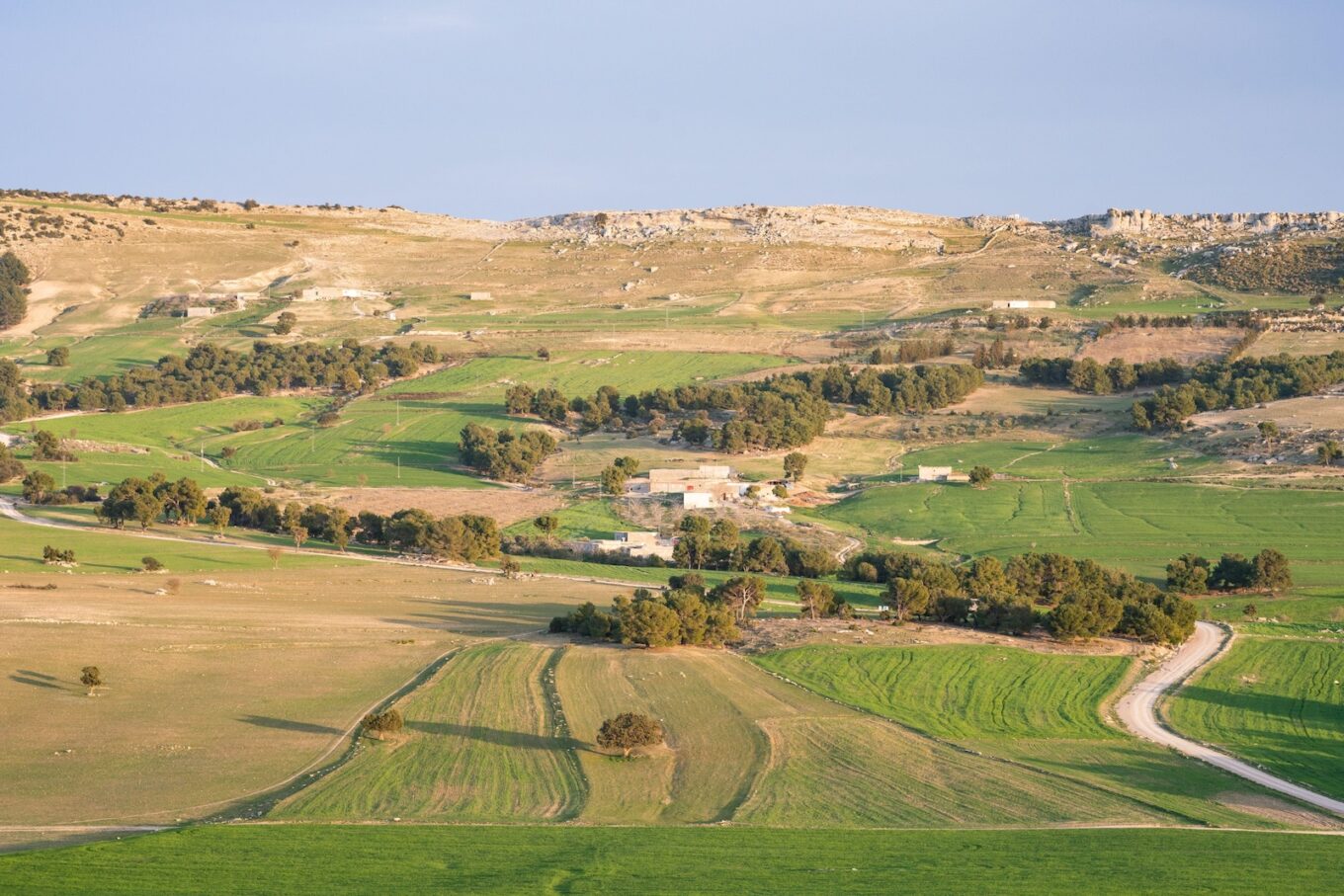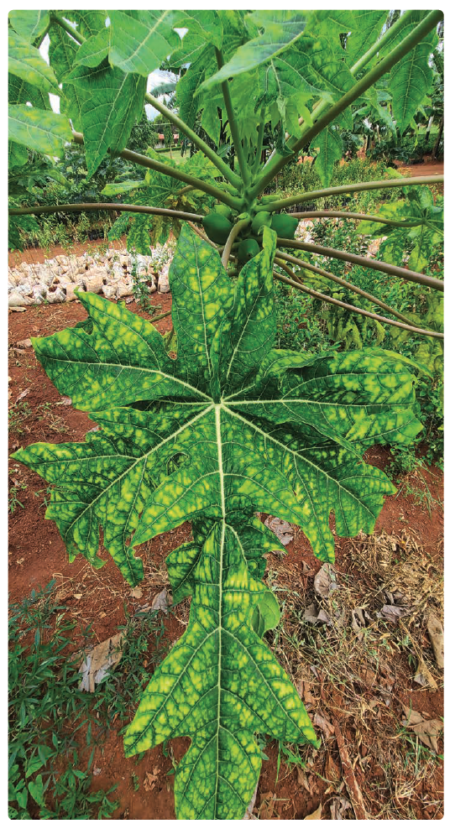By Mouna Mechri, Taqi Raza, Khedija Bouajila, Noura Ziadi, Elsayed Fathi Abd_Allah, and Naceur Jedidi
Soil degradation poses a major challenge for agricultural and socio-economic development in Tunisia. The conventional intensive cultivation practices commonly used by farmers cause rapid depletion of soil organic matter, which is adversely affecting the physio-chemical properties of soil and is accelerating soil erosion. The decrease in soil organic carbon stocks is a major factor aggravating the impacts of climate change.
There is urgent need for adoption of sustainable farming practices to address growing climate change, environmental and socio-economic challenges, regionally and globally. Reduced chemical input and tillage practices offer opportunities to lower production costs, preserve soil biodiversity, promote soil carbon (C) sequestration, and lower greenhouse gas emissions. One of the major challenges faced by the current agricultural system is reconciling the aims of sustainable agriculture with the need to maintain economic viability by ensuring competitive yields and crop quality. Organic matter is an important indicator of soil quality due its multiple soil functions. The intensification of cultivation has led to a decrease in the organic matter content in cropping systems, reducing soil fertility and increasing vulnerability to soil degradation. The decline of soil organic matter is also known to reduce soil aggregation.
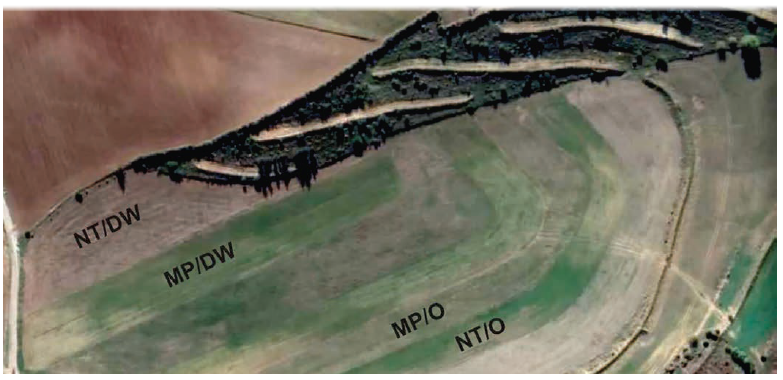
In Tunisia, the use of intense cropping and monoculture systems has led to a severe reduction in the organic matter content of cultivated soils, and thus in soil fertility and crop productivity. No-till direct seeding and crop residue management practices have been recently introduced in the country to improve soil fertility. Few studies have been conducted to evaluate the interaction between different tillage practices and the resulting soil aggregate classes under different cropping systems in Tunisia.
This study evaluates the effects of the previous cropping system [durum wheat, (Triticum aestivum) and oat (Avena sativa)] and two types of tillage regimes [no-till direct seeding (NT) and moldboard plowing (MP)] on soil organic carbon (SOC) and nitrogen (N) content, and their distribution in various soil aggregate classes.
The study was conducted at an 8 ha long-term experimental site in a farm field (36.3862979 N, 9.1856103 E) in Le Krib in the Siliana region of northwestern Tunisia. The site was established in 1999 on sandy-loam soil. Slopes were < 2% and the site had little soil redistribution or desposition from within the landscape or alluvial actions. The site was divided into eight 1 ha plots, where two different tillage systems (NT and MP) and four different rotation systems (wheat-faba bean, faba bean-wheat, oats-faba bean, and faba bean-oats) were used, respectively. This article focuses on the faba bean-oats and faba bean-wheat rotation systems under NT and MP.
Results
The physiochemical soil properties after 13 years of long-term experimentation are shown in Table 1.
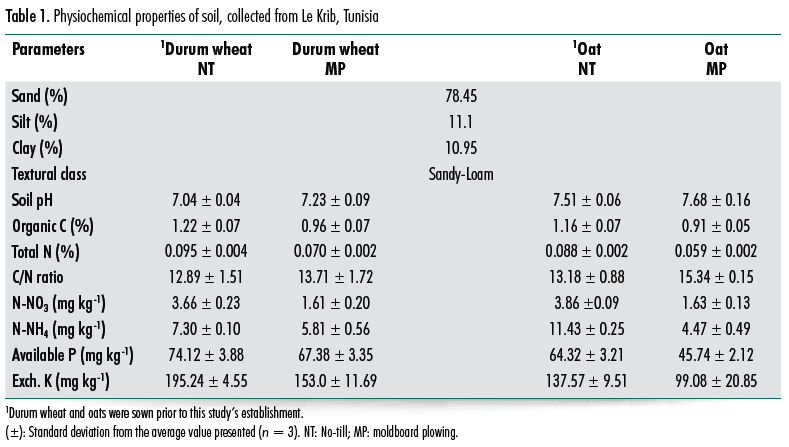
Distribution of the Different Classes of Aggregates
Amongst the four different classes of soil aggregate size presented in Table 2, the percentage of macro-aggregates (2000–250 μm) was not influenced by the previous crop but was significantly affected by the tillage regime. The highest percentage of macro-aggregates was recorded in NT plots (51.2%), while soils managed under the MP regime had the lowest proportion (37.3%). Tillage method did not have an influence on meso-aggregates (250–180 μm), but previous crop did and was highest in oat plots (16.4%) versus wheat plots (14.7%). Micro-aggregates (180–53 μm) were influenced by the tillage regime and was highest in MP plots (34.8%) versus 19.5% in NT plots. Similarly, the percentage of clay and silt particles (< 53 μm) was influenced solely by the tillage regime, with soils from NT plots containing 4.38% of this aggregate class, compared to 7.18% for soils from MP plots. Thus, NT plots were associated with the highest proportion of aggregates larger than 250 μm and the lowest proportion of aggregates smaller than 180 μm.

According to Pearson’s correlation coefficient, a significant positive correlation between SOC and the percentage of macro-aggregates was observed (0.84). Conversely, the correlations between SOC and the percentage of micro-aggregates, and the clay + silt fraction, were negative and significant (-0.88 and -0.90, respectively).
Carbon Associated with Aggregates
Tillage had a consistent influence on C content across the soil aggregate classes. Regardless of the previous crop, all aggregate classes had higher C content under NT compared to MP (Fig. 1).
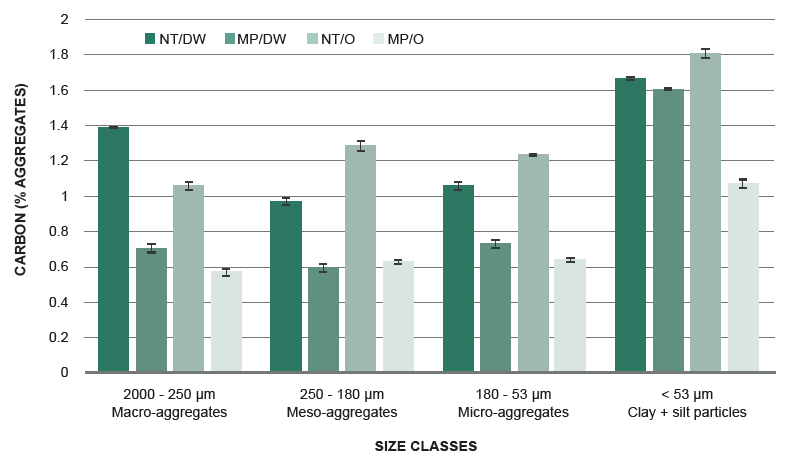
The influence of the previous crop was more varied across soil aggregate classes. Under NT, the C content of macro-aggregates was higher in plots previously planted to wheat than oats. However, the reverse was observed for the other three aggregate classes, where oat plots under NT had higher C contents than wheat. Under the MP tillage regime, plots previously planted to wheat had higher C contents, compared to oat, in the macro-, micro-, and clay and silt particles classes.
Total Nitrogen Associated with Aggregates
Comparisons across soil aggregate classes found, for macro-aggregates, N content was influenced solely by the tillage regime (Table 3). Soil macro-aggregates from NT plots contained less N compared to those from MP plots (Table 3). Similarly, the N contents of meso- and micro-aggregates were also higher in MP plots. For clay and silt, N content was highest in soils from NT plots.

The influence of the previous crop was consistent across meso- and micro-aggregates where wheat cropping resulted in higher N contents compared to oat cropping. The reverse was observed for clay and silt where a previous crop of oats resulted in higher N contents. The results show that the N content of soils is significantly influenced by previous crop and tillage method and their interactions, as well as the soil aggregate distribution.
Summary
Conventional tillage was associated with lower macro-aggregates. In general, soils in plots under a no-till direct seeding regime had a higher macro-aggregate mass (and lower micro-aggregate mass) than soils in plots with a conventional regime (moldboard plowing), indicating that no-till direct seeding practices are the most effective in improving soil aggregation. The higher percentage of macro-aggregates found under no-till regimes are attributed to a reduction in macro-aggregate turnover. Macro-aggregate mass in the soil’s surface layer is probably increased by the layer’s high biomass content and root activity. Scientists found that cereal root systems positively influenced macro-aggregate formation (Zotarelli et al., 2005). Conversely, soil under moldboard plowing tillage had the highest effective micro-aggregate content. These results are explained by the fact that MP tillage methods affect the largest aggregates first, which results in a greater mass of smaller aggregates.
Our results show that macro-aggregates have a greater SOC content than meso- and micro-aggregates. The SOC content in the clay + silt fraction was higher in soil under the NT regime than in soil under the MP regime. These results could be explained by the greater physical protection of SOC in this fraction under NT than under MP.
Tillage method had significant effects on aggregate stability. No-tillage practice with a legume was also effective at improving aggregate stability and increasing the concentration of the soil organic matter. These soil properties are crucial for sustainable soil health and fertility management. By reducing the soil disturbance, SOC, microbial biomass, and other nutrients can be preserved which contribute to improved soil biological, physical and chemical properties.
After 13 years of the study, the no-tillage (direct seeding) regime had significantly improved soil aggregation and structure, leading to an increase in SOC contents because of C sequestration.
Soils in plots under a no-till direct seeding regime have a higher macro-aggregate mass than soils in plots with a conventional regime indicating that no-till direct seeding practices are the most effective in improving soil aggregation.
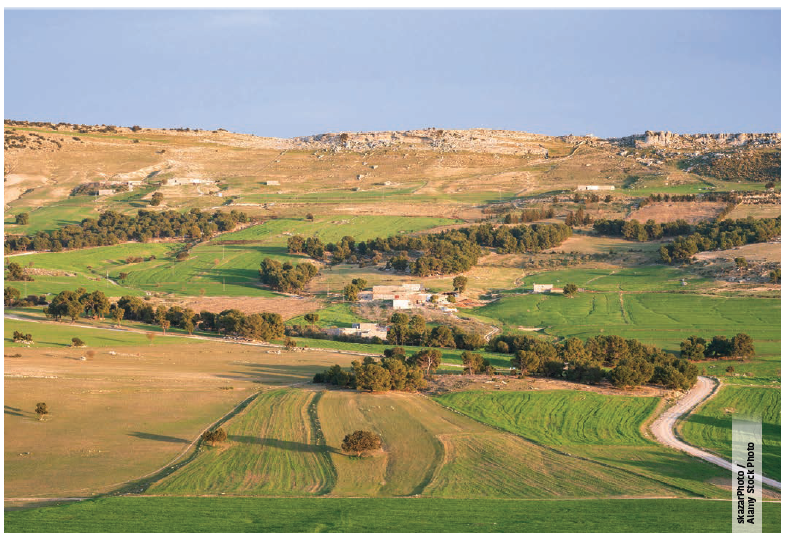
Acknowledgement
This summary was extracted from the article published by Mechri, M., Bouajila, K., Ziadi, N., Raza, T., Beltayef, H., Eash, N.S., Jedidi, N., Gharbi, A., Hashem, A., Abd_Allah, E.F. 2023. Soil Aggregation and Associated Organic Carbon and Total Nitrogen in a Sandy Loam Soil under Long-Term Tillage Effects. Agronomy 13, 2520. https://doi.org/10.3390/agronomy13102520
Dr. Mechri (e-mail: mounassol.mm@gmail.com) is Chief Engineer, National Institute of Field Crops (INGC), Bousalem, Tunisia. Dr. Raza is PhD-Graduate Research Assistant, University of Tennessee, Department of Biosystems Engineering & Soil Science. Dr. Bouajila is Engineer, National Institute of Agronomic Research of Tunisia, Tunis, Tunisia. Dr. Ziadi is Research Scientist, Agriculture and Agri-Food Canada, Quebec Research and Development Centre. Dr. Abd_Allah is Scientist, Plant Production Department, College of Food and Agricultural Sciences, King Saud University, Riyadh, Saudi Arabia, Pr. Jedidi is Scientist, Water Research and Technology Center, University of Carthage, Soliman, Tunisia.
Cite this article
Mechri, M., Raza, T., Bouajila, K., Ziadi, N., Abd_Allah, E.F., Jedidi, N. 2023. Long-term Tillage Practices Impact Soil Aggregation and Climate Resilience in Tunisian Field Cropping Systems, Growing Africa 2(2),16-20. https://doi.org/10.55693/ga22.OSME7999
REFERENCES
Zotarelli, L., et al., 2005. Impact of Tillage and Crop Rotation on Aggregate-Associated Carbon in Two Oxisols. Soil Sci. Soc. Am. J., 69: 482-491.

